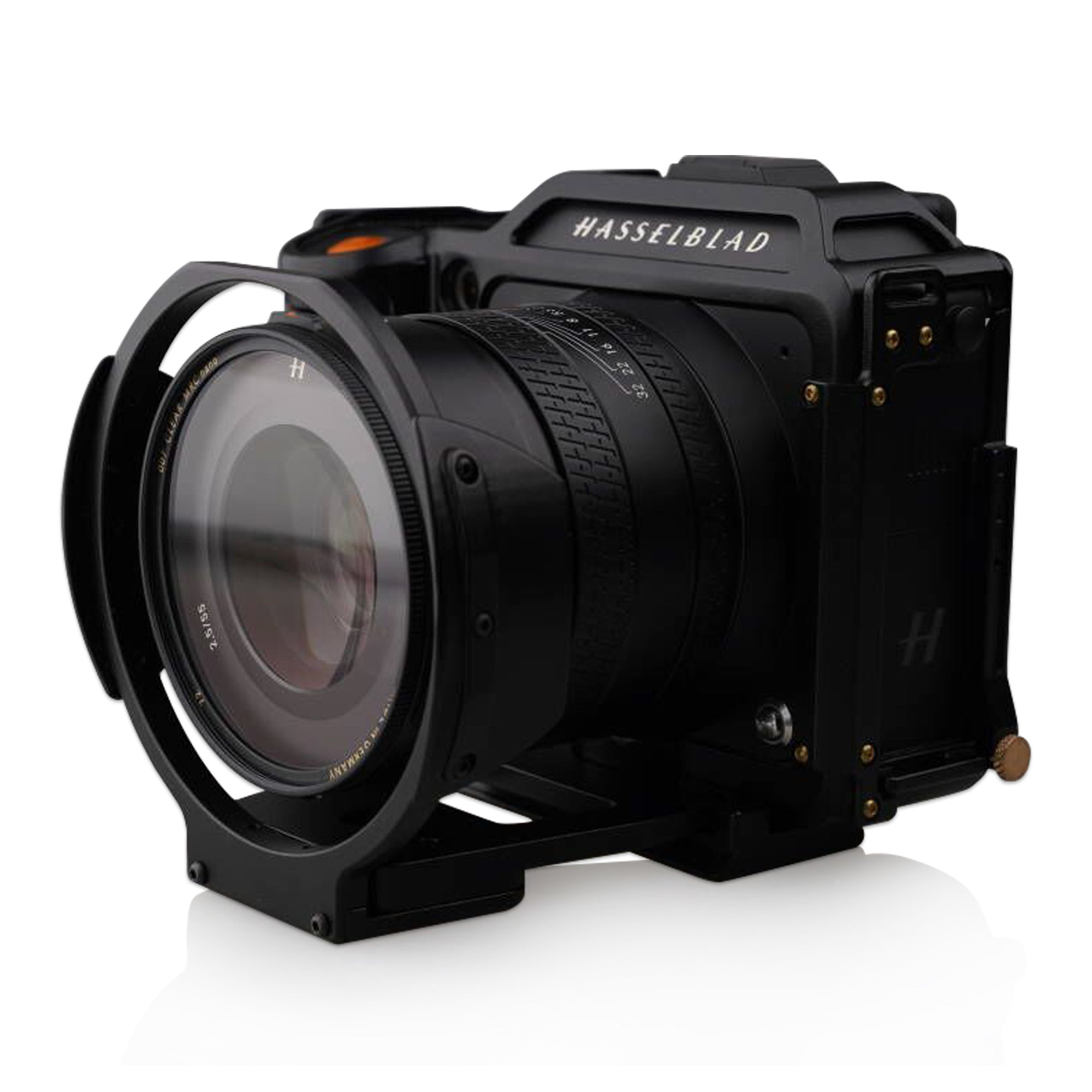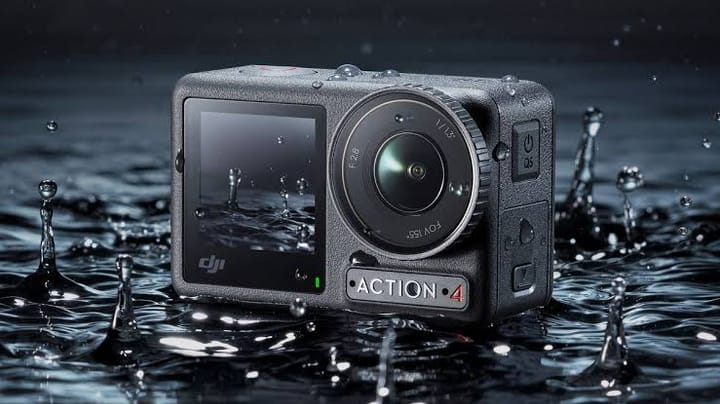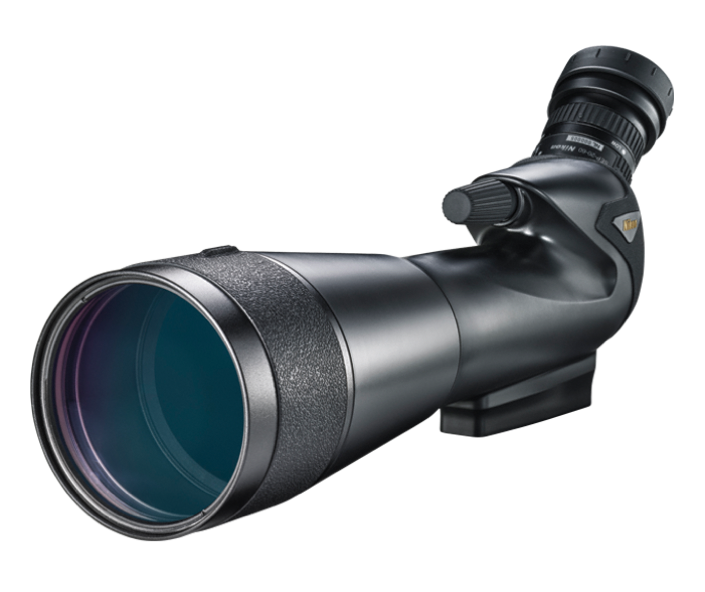The Ultimate Guide to Mastering Night Photography

Night photography offers a unique and captivating perspective on the world, capturing the beauty and mystery of darkness. Whether you're an aspiring photographer or an experienced pro, this comprehensive guide will equip you with the knowledge and techniques to take your night photography skills to the next level.
Camera Settings
Aperture
Use a wide aperture (low f-number) to let in more light. Consider f/2.8 or wider for handheld shots. For tripods, you can experiment with f/1.4 or even f/1.2 for maximum light gathering.
Shutter Speed
Keep the shutter speed relatively fast to avoid camera shake. Start with 1/60 second for handheld shots, and adjust slower (e.g., 1/30 or 1/15) if using a tripod.
ISO
Increase the ISO to boost light sensitivity. However, be cautious of noise, especially at higher ISO values. Experiment with ISO 800-3200 to find the balance between light and noise.
Composition Techniques
Rule of Thirds
Follow the rule of thirds to create visually appealing compositions. Place key elements on the intersections or along the lines of the grid.
Leading Lines
Use leading lines to guide the viewer's eye through the image. Bridges, roads, or city lights can provide natural leading lines.
Silhouettes
Create silhouettes by placing subjects in front of bright sources. Underexpose the scene slightly to highlight the subject's outline.
Post-Processing
Noise Reduction
Use noise reduction software to minimize digital noise, especially in high-ISO images. Adjust the settings carefully to avoid blurring details.
Contrast and Saturation
Enhance the contrast to make shadows darker and highlights brighter. Adjust saturation to boost the vibrancy of colors.
White Balance
Adjust the white balance to correct color temperature and avoid unnatural hues. Experiment with different presets or use the manual adjustment tool.
Additional Tips
- Use a tripod for stability and longer exposure times.
- Experiment with different light sources, such as streetlights, car headlights, or moonlight.
- Practice in different conditions, including clear nights, overcast, and foggy weather.
- Don't be afraid to experiment with composition and techniques.
- Take plenty of shots and review them carefully to identify areas for improvement.
Mastering night photography takes time and practice. By following these techniques and experimenting with different approaches, you can capture stunning images that capture the magic and mystery of the night.
Remember, photography is not just about technical skills but also about expressing creativity and seeing the world through a different lens. Embrace the darkness and explore the limitless possibilities of night photography.

















Comments ()